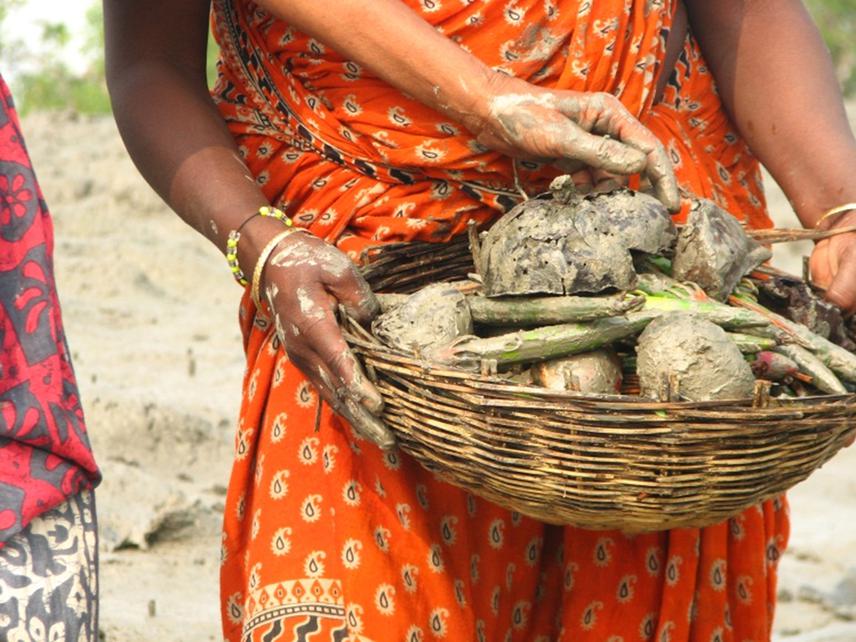Moushumi Basu
Other projects
9 Dec 2014
Managing Man Tiger Conflicts & Conserving Tigers in Indian Sunderbans by Restoring Mangrove Biodiversity with Community Participation I
31 Mar 2016
Managing Man Tiger Conflicts & Conserving Tigers in Indian Sunderbans by Restoring Mangrove Bio Diversity with Community Participation II
Our proposed project aims to achieve the following basic objectives -
• To reduce man tiger conflicts and number of human deaths in our target villages fringing the tiger reserve.
• To reduce biotic pressures in the tiger habitat and create more inviolate space for the big cats, thereby ensuring its long term conservation.
• To mitigate local impacts of climate change in our target villages. They are very vulnerable to its impacts as sudden tidal storms, cyclones, erratic rainfall, coastal erosion etc. often causing loss in property, assets and even life causing repeated displacement of villagers. Mangroves being eco barriers absorb the shock of such impacts, thus reducing their intensity.
The above objectives are being achieved by restoration of mangrove ecosystem and bio diversity in the vicinity of our target villages for generation of sustainable sources of livelihood outside tiger habitat.

Our project site is close to the world's largest mangrove habitat of Royal Bengal Tigers - Sunderban at the mouth of Bay of Bengal in South Asia. We are in the Indian part of this magnificent landscape that covers an area of 4000 square kilometers. The tigers here are exceptional as they are known to attack human not just in self-defence but also prey on them.
CHALLENGES-
The villages fringing the forest have dense human population of mostly forest fishers or honey collectors. They are very poor with low food security and thus heavily dependent on forest resources for their livelihood. Hence instances of human deaths/ injuries are very high in man tiger conflicts in these villages. Further, Sunderban being a hot spot of climate change, the villages are also very vulnerable to its impacts as rise in sea level, sudden tidal storms, erratic rainfall, coastal erosion etc.
ACTIVITIES -
Our work is in continuation of our pilot project that we started in January 2015, with the first round of RSG. The key objective of all our activities is aimed at income generation and reducing the entry of human in the tiger habitat.
This is being done by reviving sustainable means of traditional livelihood with restoration of mangrove ecology. For this, one of the most sustaining benefits of the project is the development of community owned mangrove forests, being conserved by the villagers themselves. These forests in turn generate various sources of livelihoods including fishing, crab catching, honey collection, besides reviving traditional ways of life as folk healing etc.
Further, revival of aquatic eco systems, for culture of fish and crabs and promoting agricultural activities, is also a part of our project activities. The coastal villages get carved into a number of inlets and gulfs by the gushing tidal waters of Bay of Bengal, into which flow large and small rivers. But unfortunately, over a period of time many of these ponds in the vicinity of these villages have become silted and thus rendered useless. We are regenerating such ponds with manual removal of silt.
Various awareness programmes, particularly with more involvement of children are also a major thrust of the project. While specimen mangrove garden is being developed by the children, they also learn about tigers and wildlife through "environment lessons" imparted to them at weekends by local environmentalists. The women in particular are being trained to create "wealth out of waste", by making various articles of daily use with plastic and polythene throw aways.